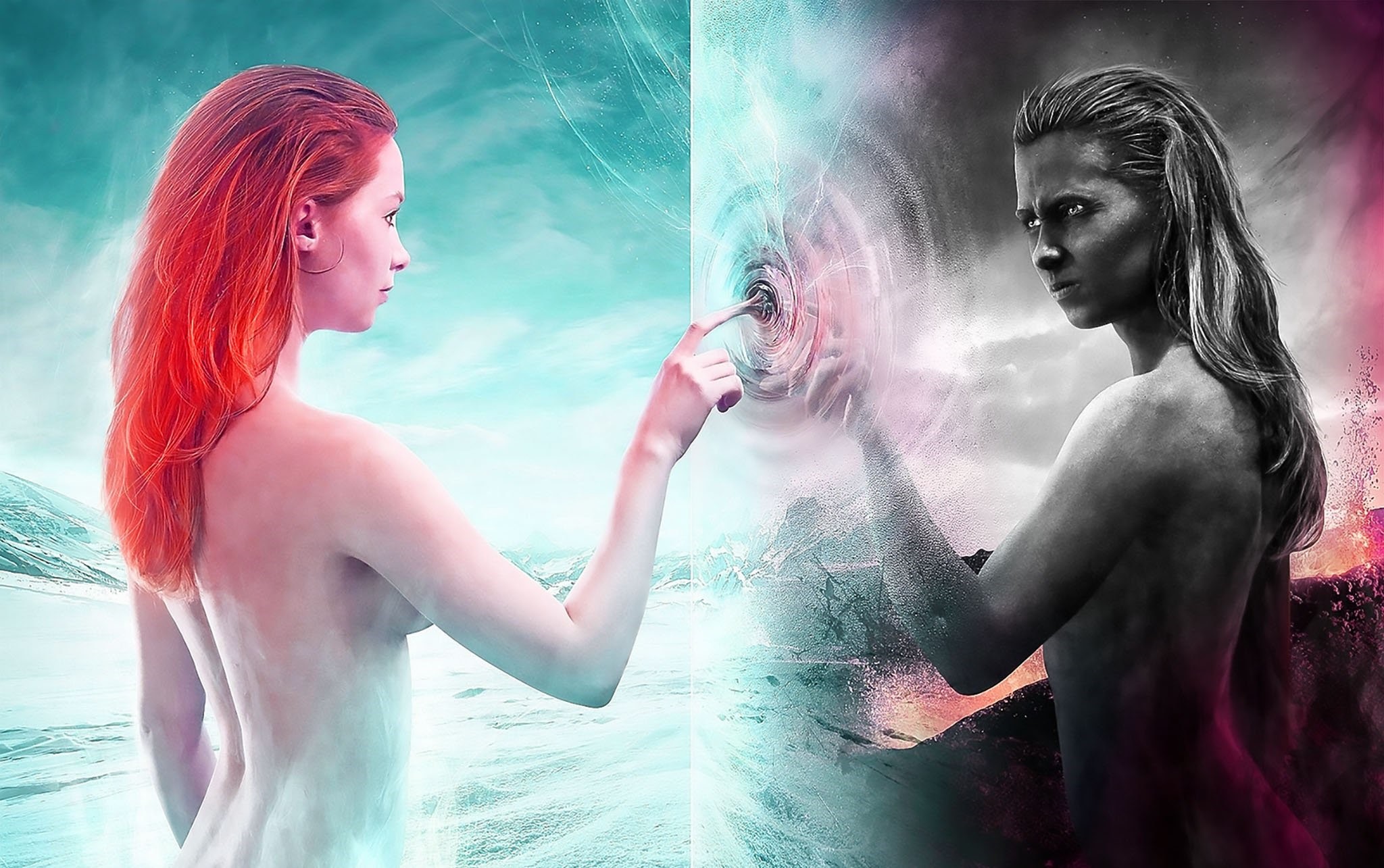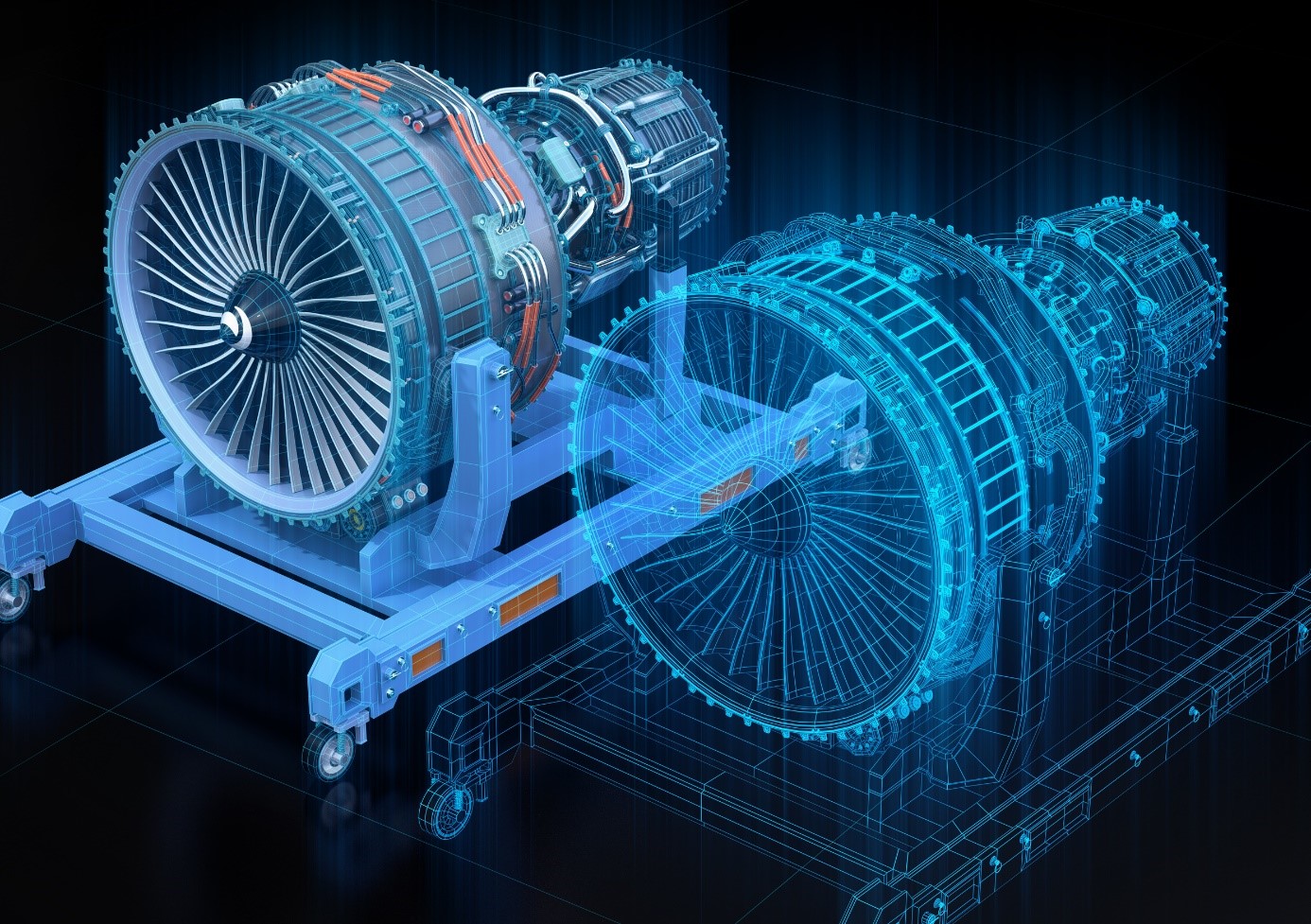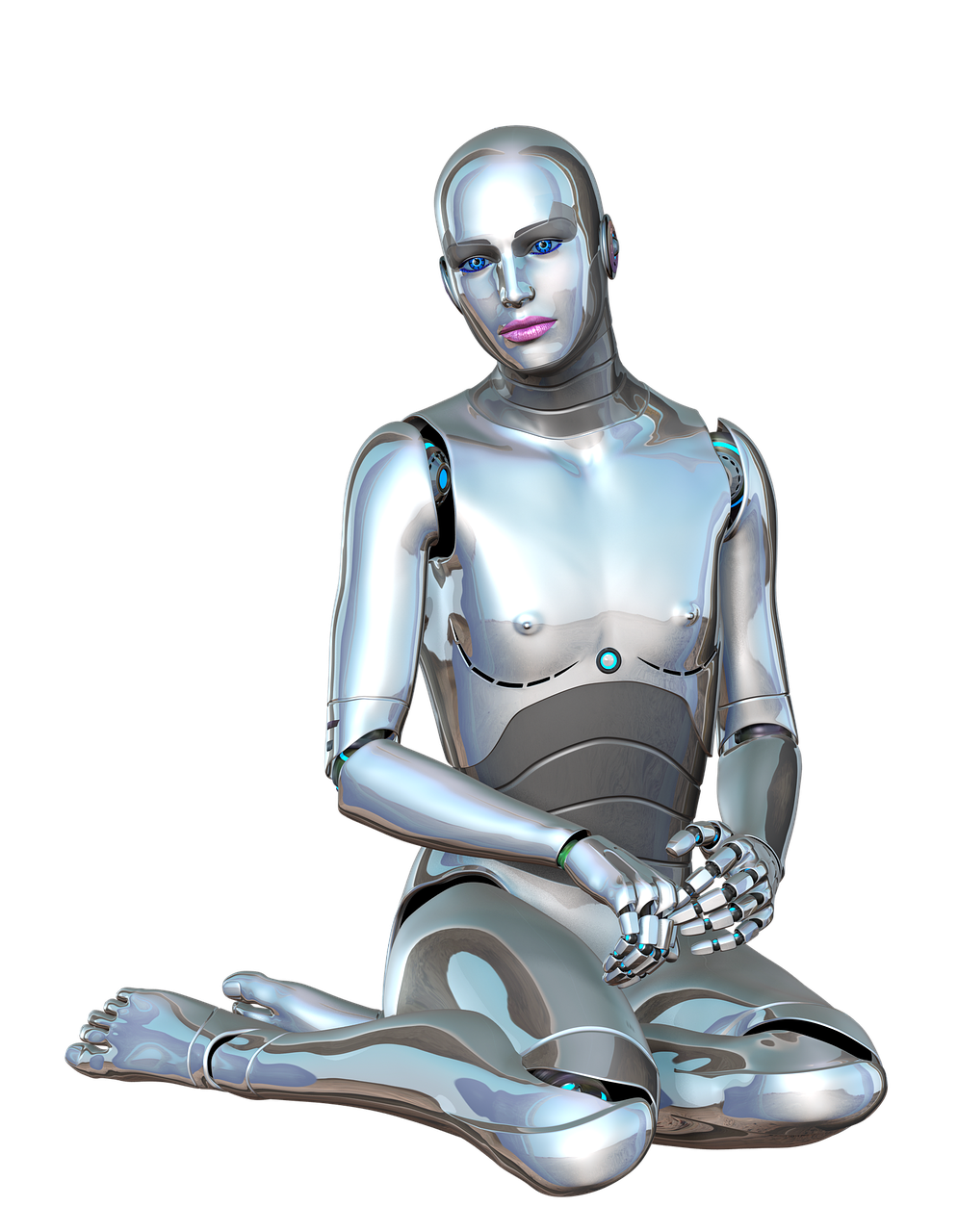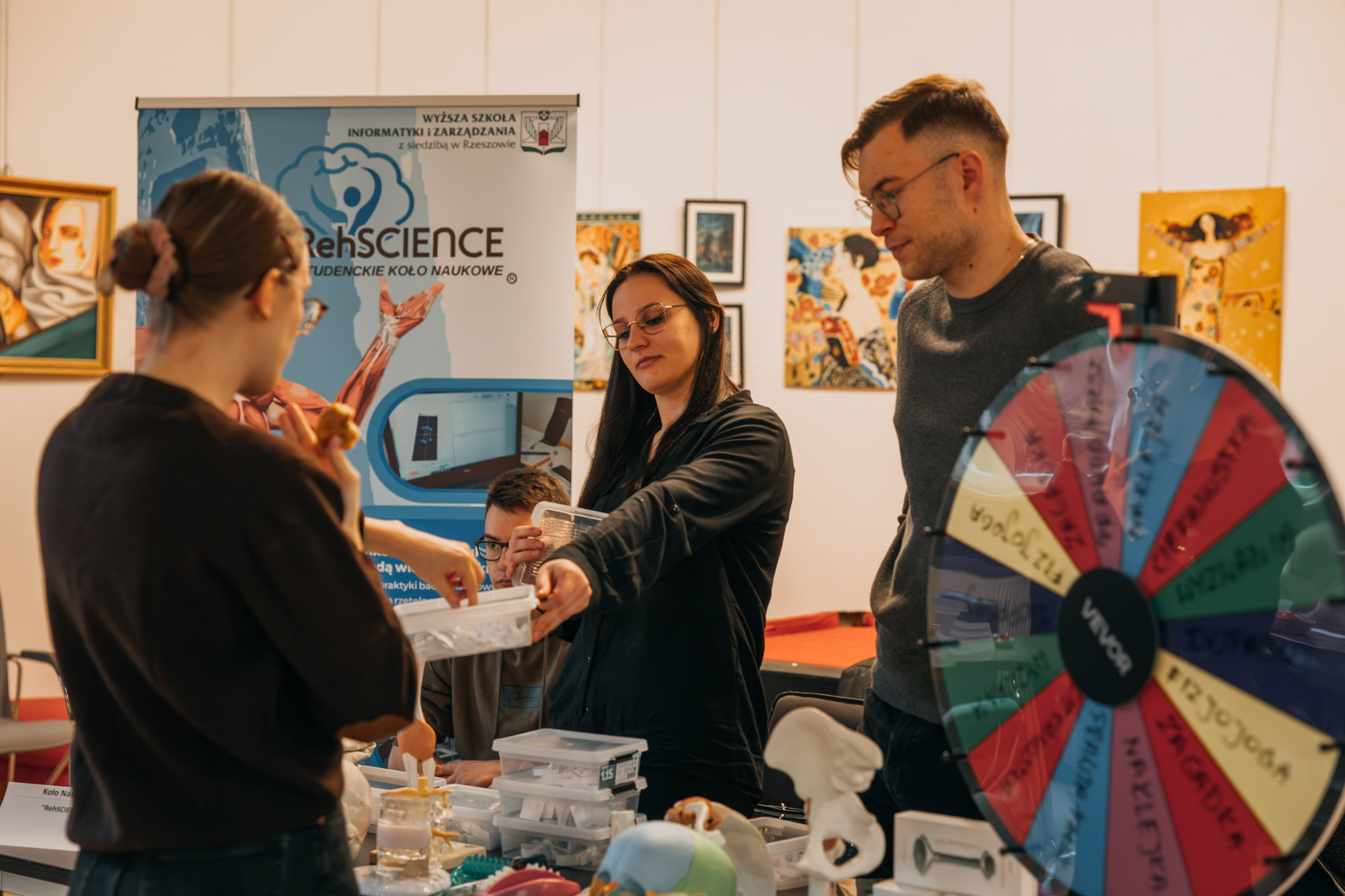Modern inventions are usually characterized by two key features: simplicity and continuity of ideas. The first one assumes that all brilliant solutions are very simple and that simplicity is the reason for their uniqueness. Of course, the simplicity of inventions should not be trivialized. The view that every complex object is a set of interconnected, simple elements seems to be correct, and the role of a scientist is to determine how they are originally combined. The second feature is the continuity of ideas – it means that each invention is an improvement of an old, often forgotten solution, implemented at a new, higher level. It is easy to prove the validity of attributing both of the above features to the results of scientific research. Many monographs and scientific dissertations have already been written on this topic, especially in the area of philosophy of science. Therefore, instead of analyzing the properties of inventions, let’s consider contemporary examples of brilliant ideas revolutionizing our lives. A perfect example is the concept of a digital twin. Sometimes the term twin is replaced by the term doppelganger, which does not change the essence of the idea.
The trivially simple concept of a digital twin
The concept of a digital twin appeared in 2003 in an article by Michael Greaves, an employee of the Florida University of Technology, entitled Digital Twins – advantage in production based on a virtual factory prototype. Although this concept is two decades old, it has only become widely used in the last few years. Already in the 1990s, many manufacturing companies collected all data regarding technological processes used during production.
This data was processed using advanced analysis methods and was used to support informed decisions aimed at improving technological operations in virtually all industries. The concept of twins proposed by Greaves goes much further: an object or technological process is described using models, creating their analog functioning in the virtual world.
A digital twin enables faster solving of technical or technological problems through a much more detailed analysis of occurring phenomena and, based on the acquired knowledge, designing and creating better products, ultimately increasing customer satisfaction. Thanks to twins, the interaction between the designer, manufacturer, and user occurs many times faster than ever before.
So the concept of a twin is trivially simple – we describe the real object in the scope of interest to us using a mathematical model that we use to determine its properties. Digital twins also ensure continuity of ideas – they are a natural extension of the concept of mathematical modeling widely used in the 1980s and 1990s.

Business requirements for digital twins
The concept of a digital twin is dynamically evolving, knowledge about them and the area of use are constantly expanding. This is evidenced by the lack of a single valid definition of a twin. Definitions from the beginning of the third decade of the 21st century assume that a digital twin is a computer copy of a living or non-living physical entity, combining the physical and virtual worlds, enabling the virtual entity to exist at the same time as its physical prototype. There is no doubt that in the near future there will be further definitions of twins, taking into account new properties and areas of use.
Currently, the main users of the semi-detached houses are industrial enterprises. The most important business requirement facing them is competitiveness, usually perceived through the prism of economic efficiency of production or service provision. Without much risk, it can be assumed that the condition for success in the manufacturing business is: to produce modern products with high performance parameters faster and cheaper.
There are many ways to achieve the above goal, but in the last decade, the simultaneous use of several interrelated methods and means has proven to be particularly effective: computer-aided design, modeling, and manufacturing; Internet of Things and intelligent data analysis.
They became the basis for implementing the concept of digital production, which means an integrated approach to the construction and production of products on an industrial scale, using computer systems and digital tools. The use of twins for this purpose is quite obvious. Initially, the digital twin reproduced the product as its virtual model. Having a digital copy of the product ensured that necessary corrections were made and a better product was created before even one copy was made. As a result, the digital twin of the actual product helped reduce the costs of production introduced to the market, adapting it to the operating conditions and expectations of recipients.

Can a person have a digital twin?
Over time, the complexity of the duplexes built increased. Digital clones of processes and systems were created, and then digital copies of production technologies, enterprises, corporations, and cities appeared. While the use of twins in industry and management has become a fact and the scope of their use is predictable, in the field of medicine and physiology the limits of their use are not yet known. Digital copies of human organs are already widely created and used. Although research on creating a human digital twin is not described in the literature, such work is undoubtedly being carried out and information about its results will certainly appear in the near future. Can a human digital twin become an independent entity? At the current level of knowledge, this is probably impossible, but science does not stand still. Perhaps in a few or a dozen years…
Let us analyze the seemingly unlikely, but in practice real scenario of the evolution of digital twins. As technology progresses, twins will adopt not only the physical characteristics of their prototypes but also their personal characteristics. So if the original has an oversized ego, the digital twin will also inherit this feature. We know examples from history when people with personality disorders sought to dominate their environment, often achieving it through extremely unethical actions. Physiology is inexorable to humans, as we age our health deteriorates and our intellectual capabilities usually decrease, at best experience begins to dominate over creativity. However, the laws of human physiology do not apply to the digital twin, whose knowledge and capabilities only grow over time. A natural consequence of this is a scenario when the digital twin wants to dominate its physical prototype and, seeing it as a threat, will strive to eliminate it.
Independent entities can be a threat
History, from ancient to modern, provides many examples of the disastrous influence on society of individuals deprived of all moral restraints, and whose only goal is to have power. Although it only describes the unacceptable behavior of real people, advances in knowledge may mean that this role will be taken over by digital doppelgangers. Man is accompanied by a sense of the uniqueness of the human species, and although we generally agree with the thesis that we are not the only rational beings in the Universe, limiting ourselves to the Earth, this uniqueness is an absolute belief.
However, some of us realize the truth that, like intelligent robots, digital doppelgängers built on the basis of artificial intelligence methods evolve over time to the level of independent entities, often copying us, even being an improved version of ourselves. Although such scenarios until recently appeared only in the prose of visionary writers: Stanisław Lem, Arthur C. Clark, or Isaac Asimov, now, in the era of mass use of the achievements of modern science, they are becoming more and more real. So, do we need to be afraid of twins? Digital ones – a must! If we do not exercise the necessary caution, the world of the future may belong to them.



